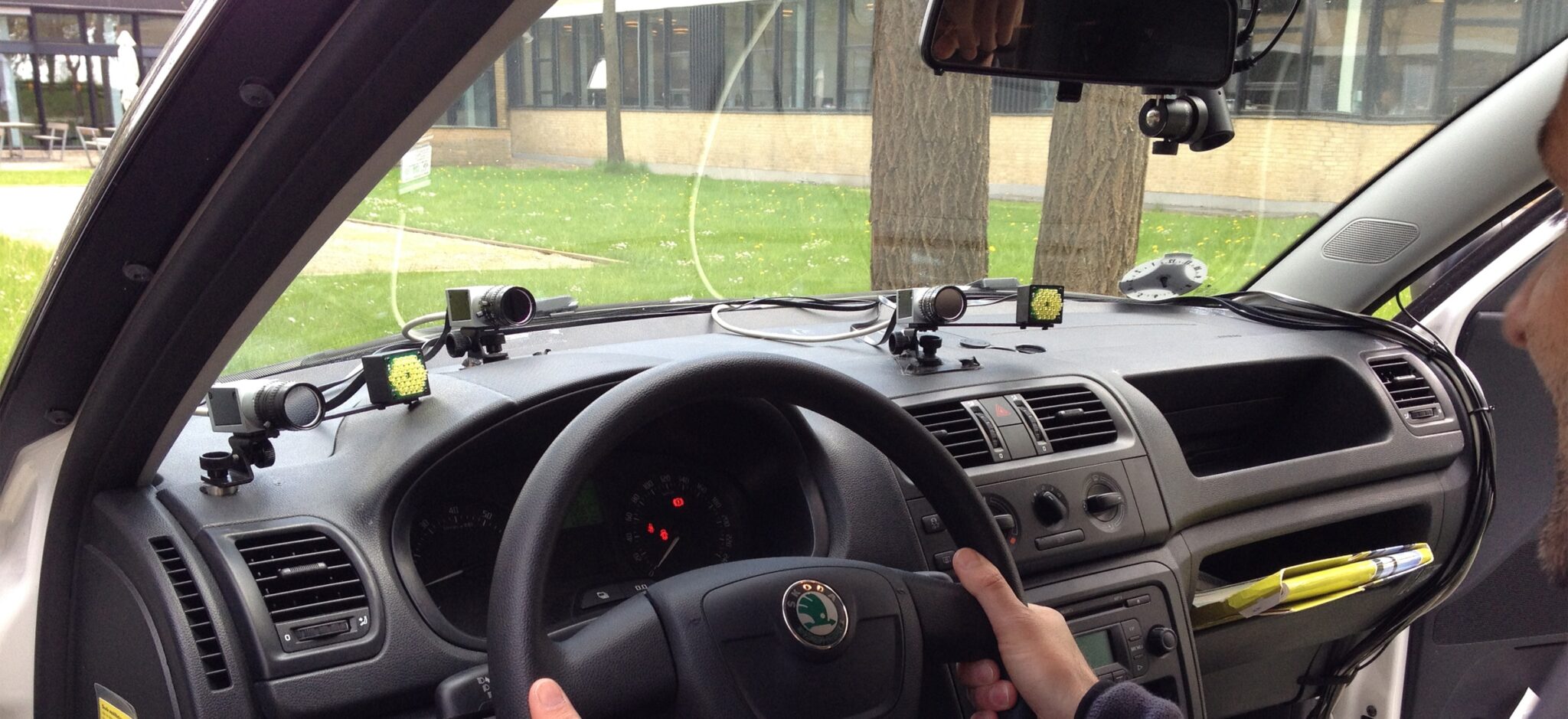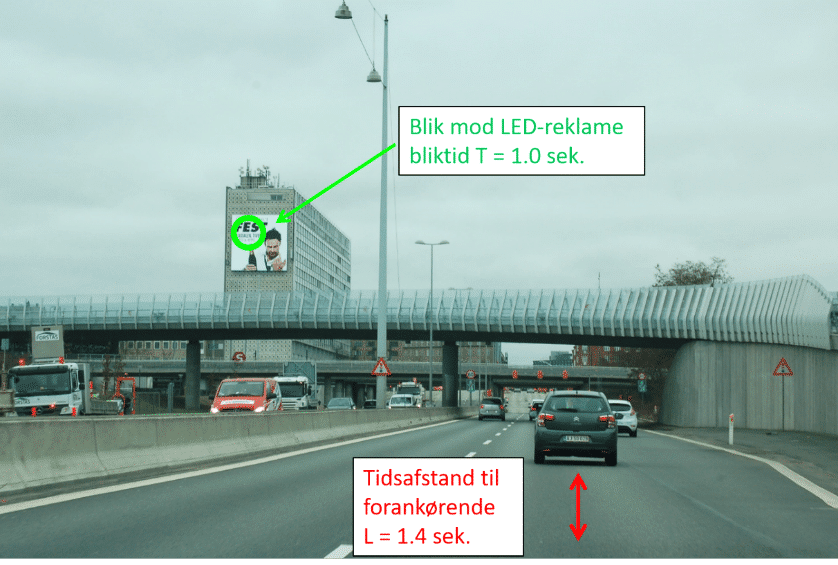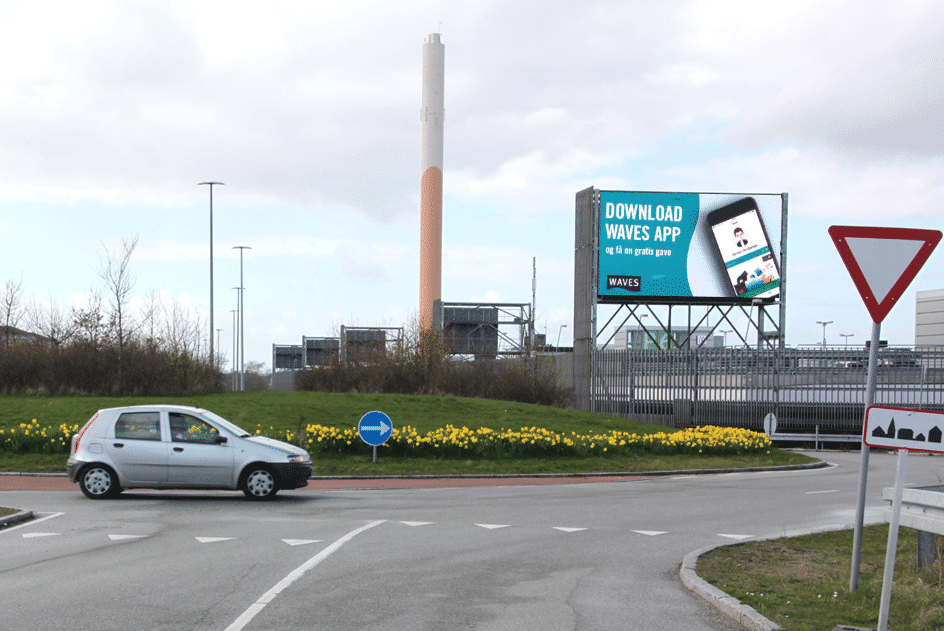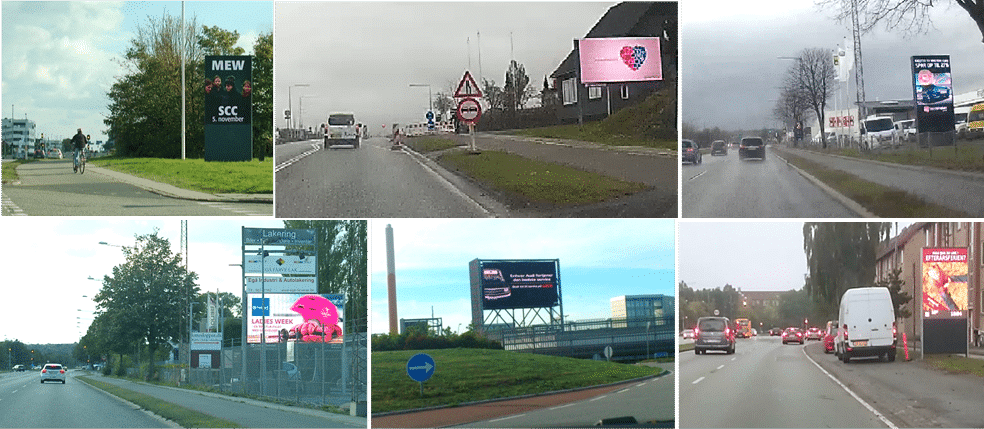Eye tracking
Hvorfor Eye Tracking?
Ved brug af eye tracking kan vi registrere bilisters, cyklisters og fodgængeres visuelle adfærd. Vi bruger en mobil eye track brille. Synssansen er meget vigtig for trafikanters færden, og med eye tracking kan vi se, hvad trafikanternes blik er rettet mod. Vi kan bl.a. registrere:
- Øjenbevægelser og fokus
- Analyse og fortolkning af eye track data
- Søgemønstre og orienteringsstrategier
- Vejens synlighed
- Afmærkningens synlighed
- Vejudstyrets synlighed
- Andre trafikanters synlighed
- Visuel distraktion i færdselsopgaven
- Opdagelsesafstand
- Sikkerhedsafstand og -buffer
Eye track kan bl.a. benyttes til
Eye track kan bl.a. benyttes til at registrere, hvad skolebørn ser mod, når vejen krydses til fods eller på cykel. Vi kan analysere, hvor lang tid og hvilke elementer børn ser mod for at udføre en afstands- og hastighedsbedømmelse, der er altafgørende for, at skolevejen kan krydses sikkert. Vi kan også undersøge om fx cyklisters brug af håndholdt mobiltelefon har betydning for deres adfærd, når de færdes i trafikken.
Eye track data kan kombineres med andre data om fx trafikantens hastighed og afstand til andre trafikanter. Samlet kan det give os svar på, om trafikantens visuelle adfærd kan udgøre en risiko, og evt. forslag til hvordan adfærden kan forbedres fx ved brug af nudging.
Relaterede publikationer

Brug af Eye Track data til vurdering af visuel adfærd
ARTIKEL – Trafikanters primære opgave, når de færdes på vejnettet, er ”kørselsopgaven” (the driving task) – dvs. det at styre og navigere samt løbende at træffe beslutninger om korrektioner.

LED-lysreklamer i trafikken
ARTIKEL – LED-reklamer påvirker trafikanters visuelle opmærksomhed og medfører negative konsekvenser for trafiksikkerheden

Visuel distraktion fra lysreklamer langs veje
Rapporten beskriver metode og resultater af en empirisk undersøgelse af visuel distraktion fra LED-reklamer langs veje.

Do LED-advertising signs affect driver attention?
PAPER – Results showed that drivers’ visual attention was diverted by LED-advertising signs.